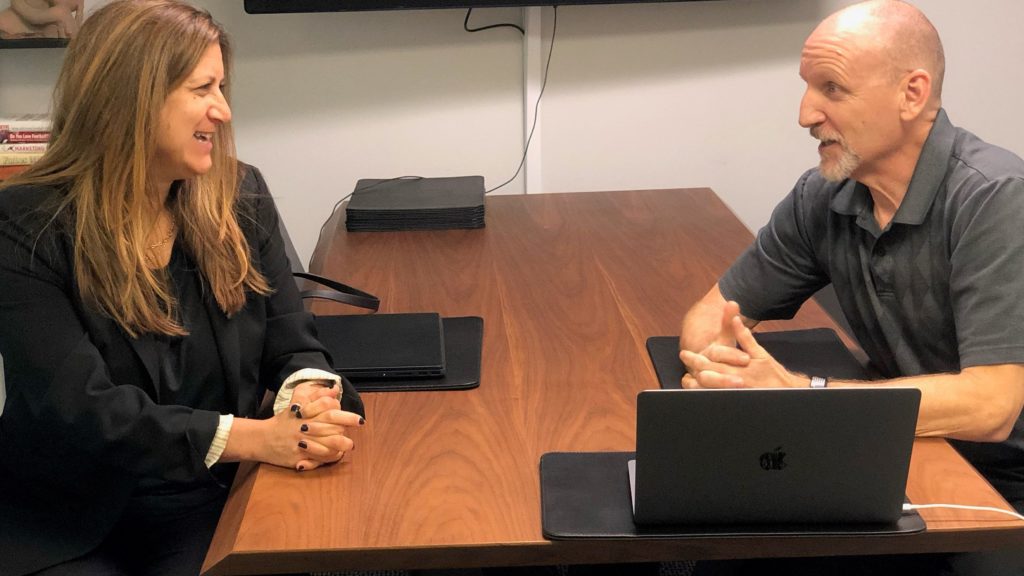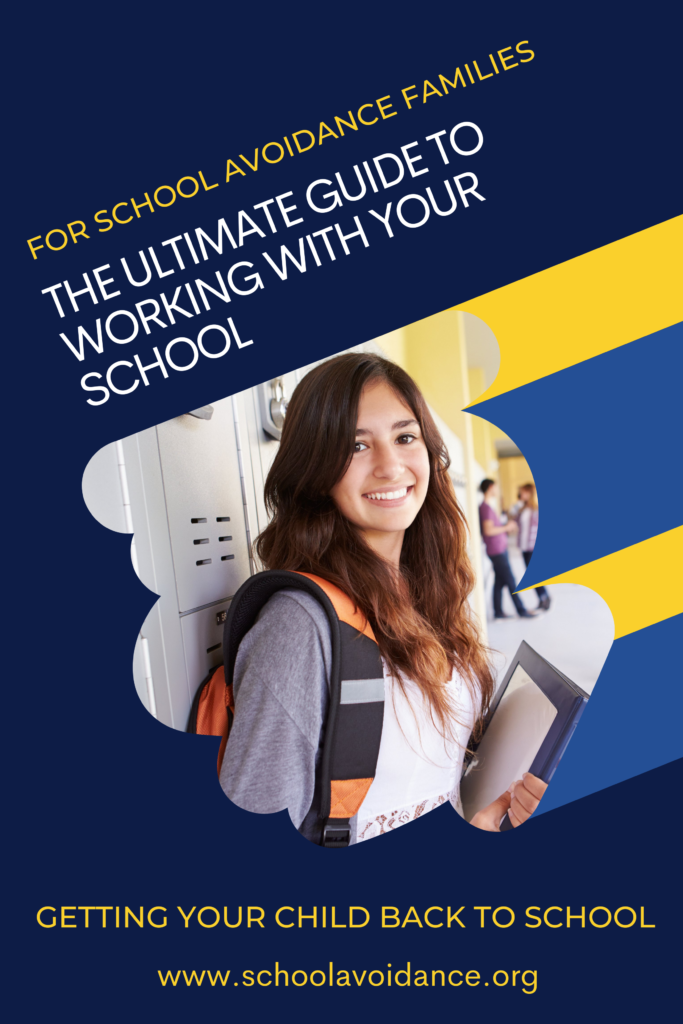
You clicked here because you believe all students can be successful.
With the right mindset and a few key steps, you have the power to re-engage students and break the cycle of school avoidance.
And when it comes to school avoidance, we cannot emphasize this point enough.
Here are a few steps to take within your influence.
Look for early warning signs such as
and TAKE ACTION.
Always respond to a school-avoidant student’s absence with follow-up action.
Consistent communication following an absence sends the message “I noticed, I care, and I will not give up on you.”
Some students, for whatever reason, aren’t ready to attend class regularly.
Connection is key.
The person in the building most connected to the student is the best person to make the home visit.
Parents are a wealth of information and are experts on their child(ren).
Always consider what additional support services are available. Document your interventions and keep everyone informed of progress on a regular and routine basis.
See this 2 minute preview of our one-of-a-kind School Avoidance Master Class for Parents. There are not enough options for Tier 2 & Tier 3 school avoidance interventions, so we created one! Your school buys it, you give it to parents as an early intervention or in cases where you need to make progress.
You’ve tried everything within your influence of control to connect and create a sense of belonging.
You need more support and that’s expected.
Don’t be discouraged and don’t give up!
This is exactly the time school avoidant students need strong advocates.
Be prepared for these next steps with documentation of everything you’ve tried to show what previous interventions were successful.
Keep up your efforts to connect; even the smallest interaction can be meaningful to a school-avoidant student.
If the student you are working with does not have a diagnosed disability, working with the Intervention & Referral Service team or multi-disciplinary team in your building is a great place to start.
If the educational professionals suspect the student has an undiagnosed disability – 504 or Special Education must be considered.
Intervention & Referral Services can also help coordinate any regular education support services you haven’t already tried
The agreed-upon Intervention team’s plans should:
If the student you are working with has a diagnosed disability – 504 is one of two (special education being the other) options for providing accommodations.
The main difference between 504 & special education is 504 is meant to level the playing field.
Accommodations are developed to remove barriers to allow students with disabilities to access their education
504 is not supplemental in nature and doesn’t add services or special programs like special education.
504 accommodations are not based on a student’s potential, but rather what an average student in the classroom has access to.
Common 504 accommodations for school avoidant students would be waiving the district’s attendance policy modifying workload.
Special education is meant to meet the unique needs of students with disabilities.
Mental health disorders are disabilities. The biggest difference between special education and 504, is special education is supplemental in nature and meant to provide individualized support services and programs to students with disabilities.
A referral to special education, instead of 504, might be appropriate if the student you are working with is chronically absent and not accessing their education.
(What does this mean)
Exempting the student from the attendance policy or lessening their workload would not be effective because the student is too far behind and missing large chunks of school. If the student is found eligible for special education, special programs, like a therapeutic school placement or program, could be considered.
Note on Medical documentation:If the student you are working with has a diagnosed medical disability, (mental health disorders are disabilities) always include the treating physician in an I&RS, 504, or special education team meeting.
Having the medical doctor attend helps him understand the educational perspective of the team. Which allows the doctor to become part of the planning process.Sometimes the medical professional is unaware of the extent of the school absences and can be an advocate for supporting a plan to increase regular attendance. Every physician wants to see their patients functioning and accessing their education.
We enjoy hearing how you are doing: what’s working, what needs improvement, or what’s not working. We want to help you help your students back to learning.

Disclaimer: This site is designed by School Avoidance Alliance to assist parents, family, friends, caregivers, educators, advocates, and other professionals involved with helping children and finding resources to understand, help and cope with school avoidance, as well as to increase public awareness regarding school avoidance. The contents of this website are presented for informational and educational purposes only. Nothing on this website is to be construed as professional advice on medical, legal, technical, or therapeutic matters. By accessing and using the information on this site, you agree to waive any rights to hold the site developer(s), or any individual and/or group associated with this site, liable for any damage that may result from the use of the information presented.
Unfortunately only a small percentage of school professionals, therapists, educational advocates and policy makers understand school avoidance best practices. So, you must become the expert to ensure your child is getting:
The time passing slowly without progress is the worst feeling. It wouldn’t have taken five years of suffering and uncertainty if I had this expert guidance during my son’s school avoidance. We would have saved $29,000 in lawyer fees and $69,000 for private schools.
